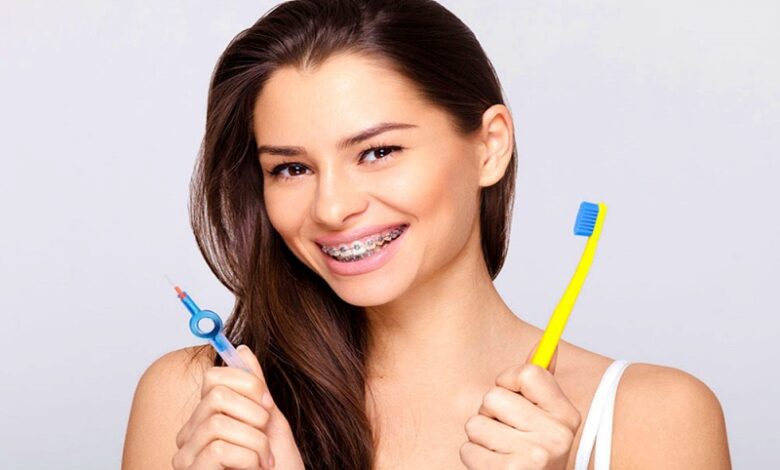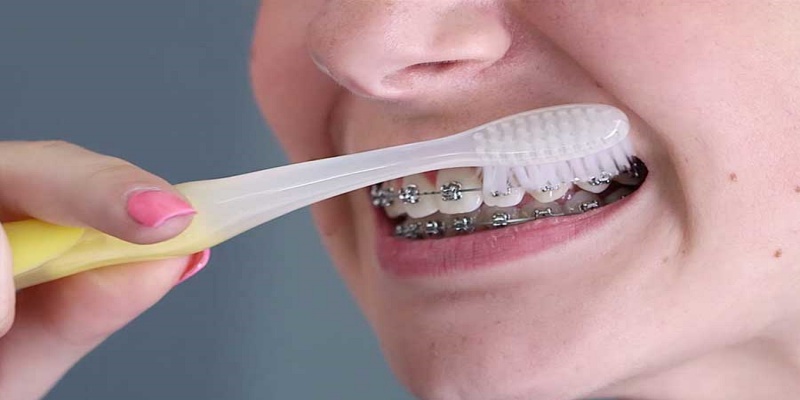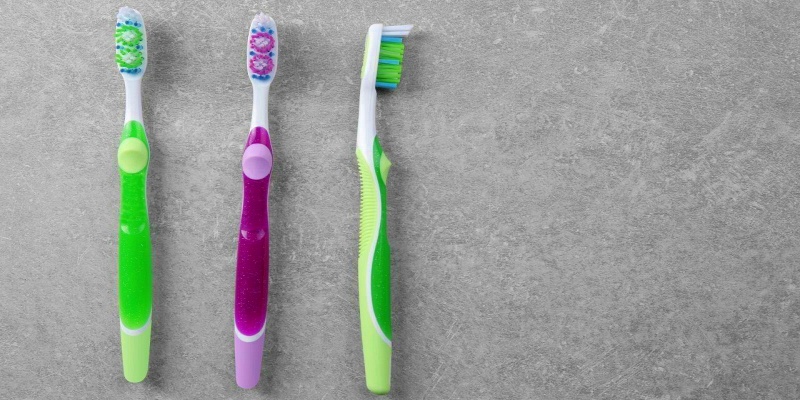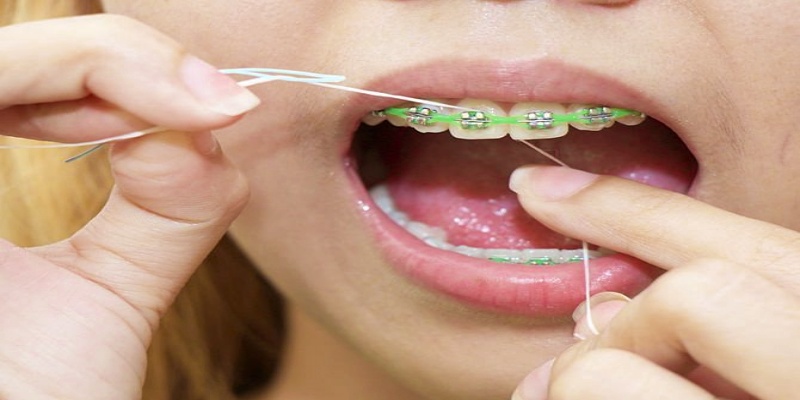Cleaning teeth properly while the orthodontic device is in the mouth

1
When some of us begin to make the decision to resort to installing orthodontic appliances, it is necessary for us to be aware and have extensive knowledge of the details of this matter. It is worth noting that during this time, it is possible for a state of disability to occur while brushing the teeth, as it is very easy to Food gets stuck under the braces and strings, which creates favorable conditions for the formation of plaque that causes gingivitis, tooth decay, bad breath, etc. So, seriously, we decided today to learn about how to clean teeth correctly and safely when the orthodontic device is inside the mouth.
Orthodontics and oral hygiene


Orthodontics and oral hygiene
In order to obtain a healthy and beautiful tooth surface under the braces after completing the orthodontic process, we must know that oral hygiene is a very important matter and we must not neglect it.
It is worth noting that after eating, if the orthodontist does not clean the teeth well, it is possible for the breath to become bad, as this happens due to the decomposition of the remaining foods between the teeth and on the tongue and braces by bacteria, and then all of these things occur. The factors create an extremely unpleasant odor.
Bad breath may also occur in these cases as a result of exposure to some other causes of this condition, such as suffering from dry mouth, decreased saliva secretion, eating and drinking smelly foods, and complaining of some other diseases. Therefore, we must work hard and properly clean our orthodontic braces properly.
The best ways to properly clean the mouth and orthodontic braces
We must know that when installing an orthodontic device inside the mouth, this matter requires special treatment and care, which are as follows:
First: Choose the appropriate brush


Choose the appropriate brush
In general, in such cases, we can resort to using a toothbrush that has a small, round tip and whose bristles must be straight and silky so that it can perform its cleaning tasks better, avoiding cases of gum damage.
In addition, we must commit to brushing our teeth at least 4 times a day, or more precisely after breakfast, lunch, evening, and before bed. This is to prevent internal accumulations in the mouth resulting from food adhesions. This must be done by placing a moderate amount of toothpaste on the mouth. Brush, then gently brush the teeth in a circular motion along the surfaces of the teeth, from the outside and inside.
It should be noted that the average time for each brushing process should range between about 4-5 minutes, with the need to avoid very rough movements because they can damage the tooth surface and lead to exfoliation of the brackets. In addition to the importance of not brushing the teeth immediately after eating acidic foods such as lemon, orange, tangerine, etc., this is because the acids present in these fruits work to weaken the tooth enamel at this time, and from here brushing the teeth may lead to significant damage to the tooth enamel. And clear.
Read also: Electric toothbrushes and their many benefits for the whole family
Second: Use floss


Use floss
Usually, the bristles of the cleaning brush cannot penetrate the lateral surfaces of the teeth, as it becomes easy for food and plaque to accumulate in this area, which causes cavities between the teeth. Therefore, using floss here will play an effective role in cleaning the teeth because it cleans these areas. area more effectively.
In the beginning, we may not be familiar enough with how to use silk threads, but with time, a state of habit will occur and it will become a wonderful daily routine for dental care, especially while the orthodontic device is in place.
For further clarification, it is recommended that you try to pass the dental floss between the teeth at the top of the tooth and the main arch, then make gentle movements and pull back and forth to move the floss on each side of the tooth, with the need to repeat this movement until we feel that the tooth is in a clean condition. .
Third: warm water


Warm water
In addition to the methods mentioned above, it is possible for the orthodontic device owner to also resort to using warm water to clean the teeth more effectively, as through this, the root and surface of the teeth are massaged evenly, and at the same time he can work on pushing food debris away deep into the gaps. .
Hence, it is also possible to resort to using a water dental flossing device if there is the ability to obtain one, as when starting to wash, we can use dental floss with water perpendicular to the place that needs to be cleaned, and then work on moving all the surfaces of the teeth and their arches.
Fourth: Choose the appropriate paste


Choose the appropriate paste
It is recommended to use a fluoride toothpaste to help prevent and protect teeth from irritants in the gums. It is worth noting that fluoride helps prevent tooth decay, control acid, and remineralize tooth enamel to help strengthen teeth during the installation of an orthodontic appliance.




